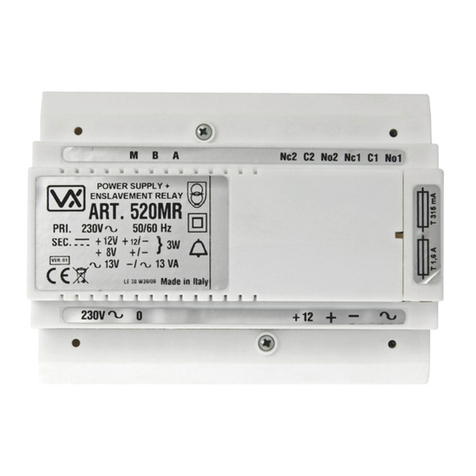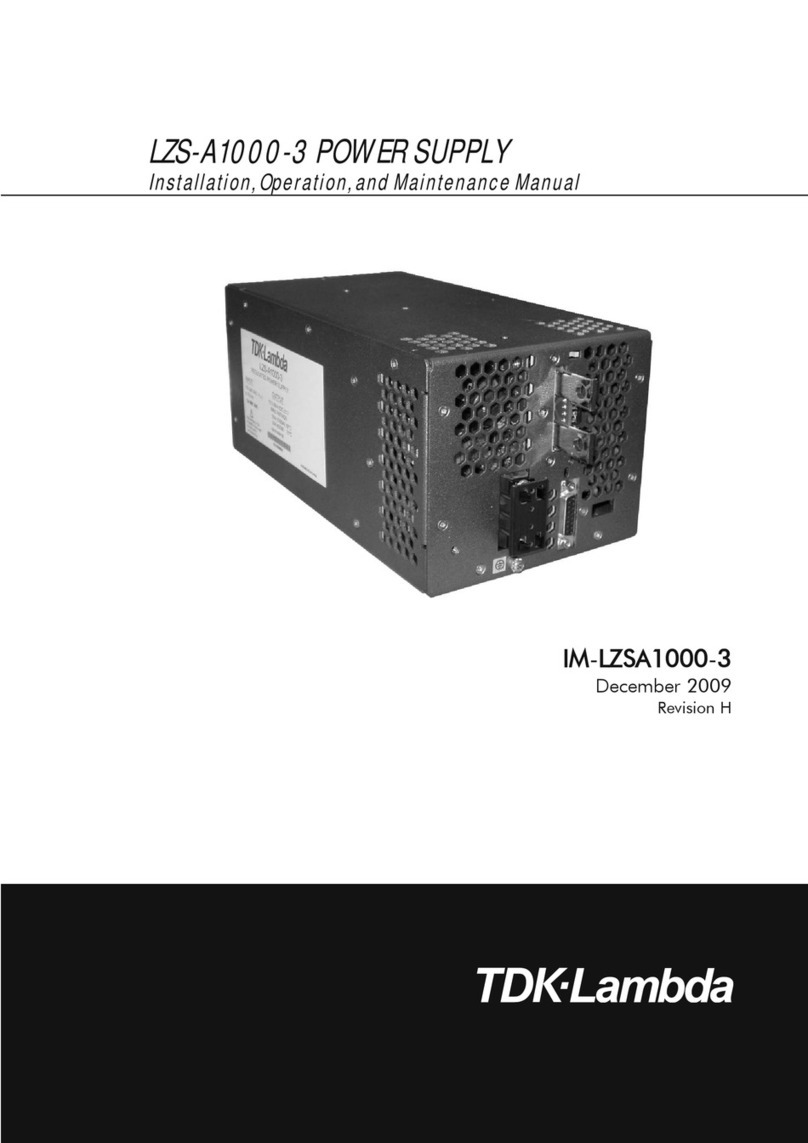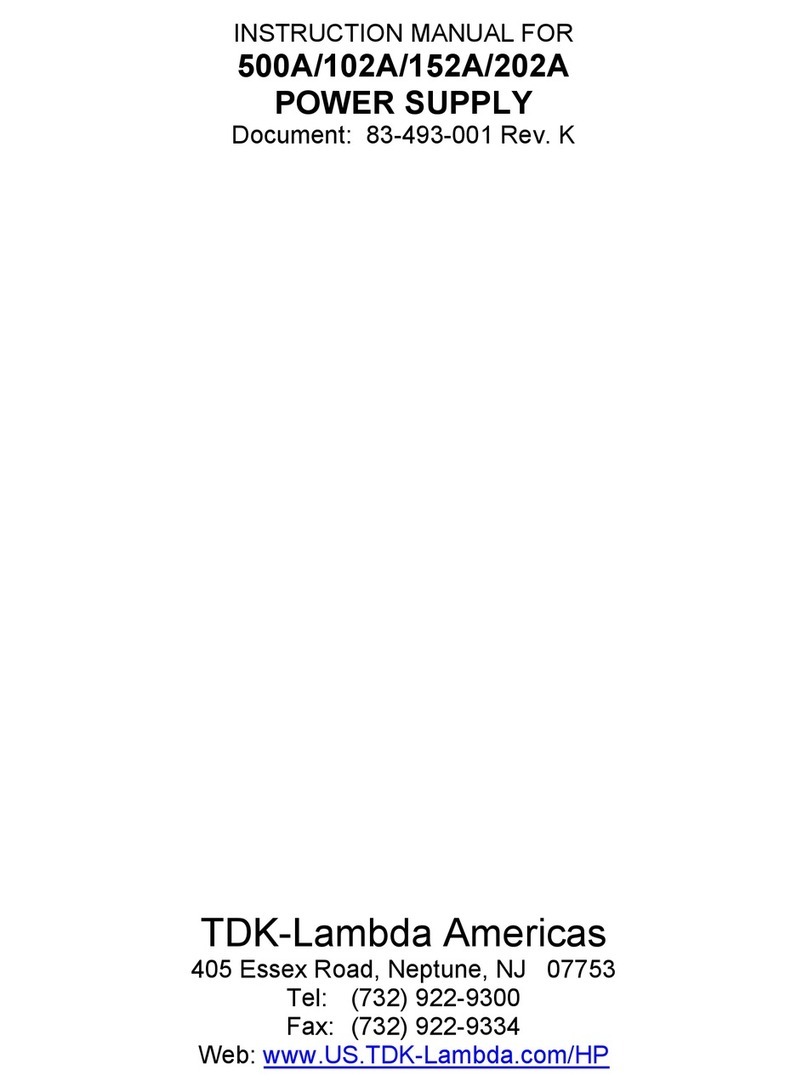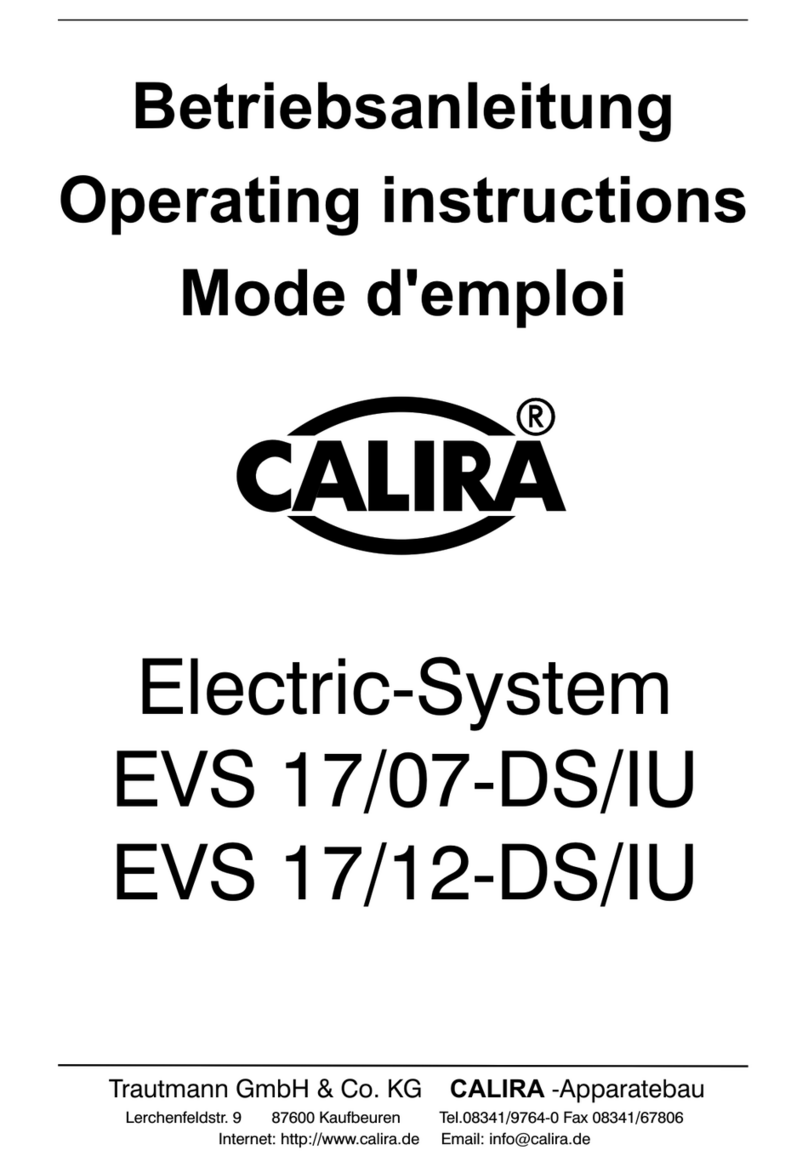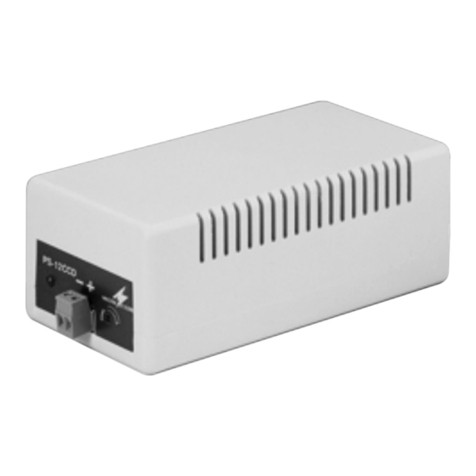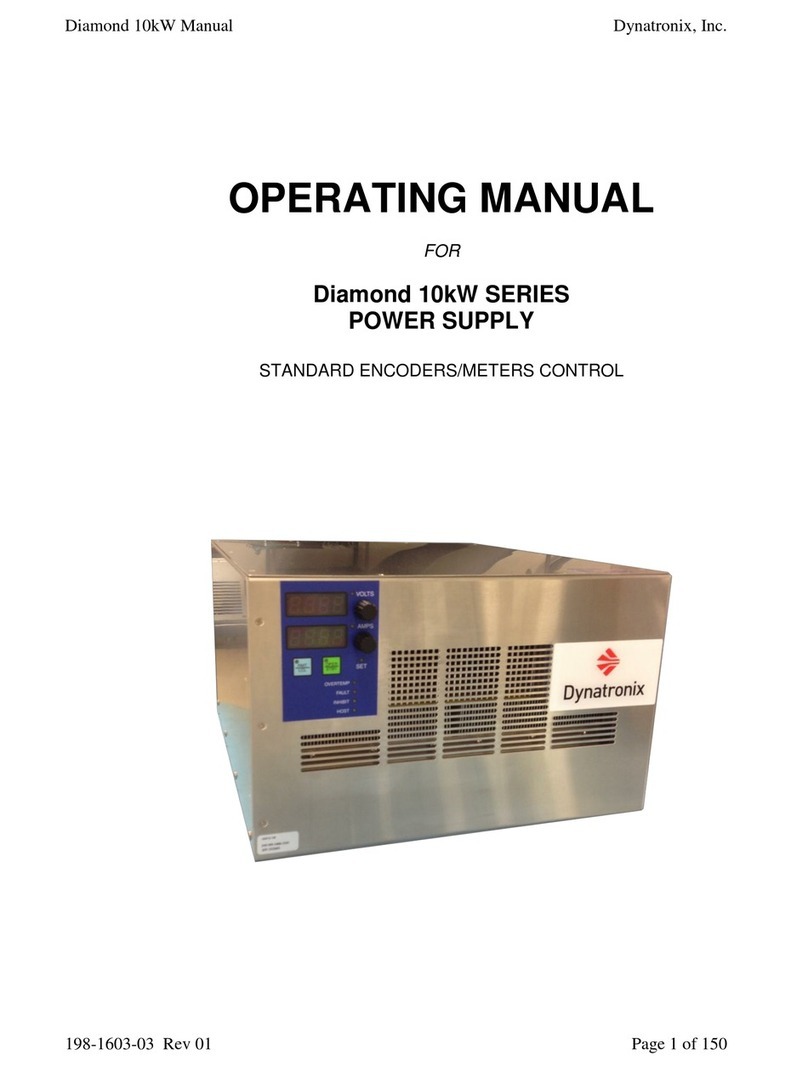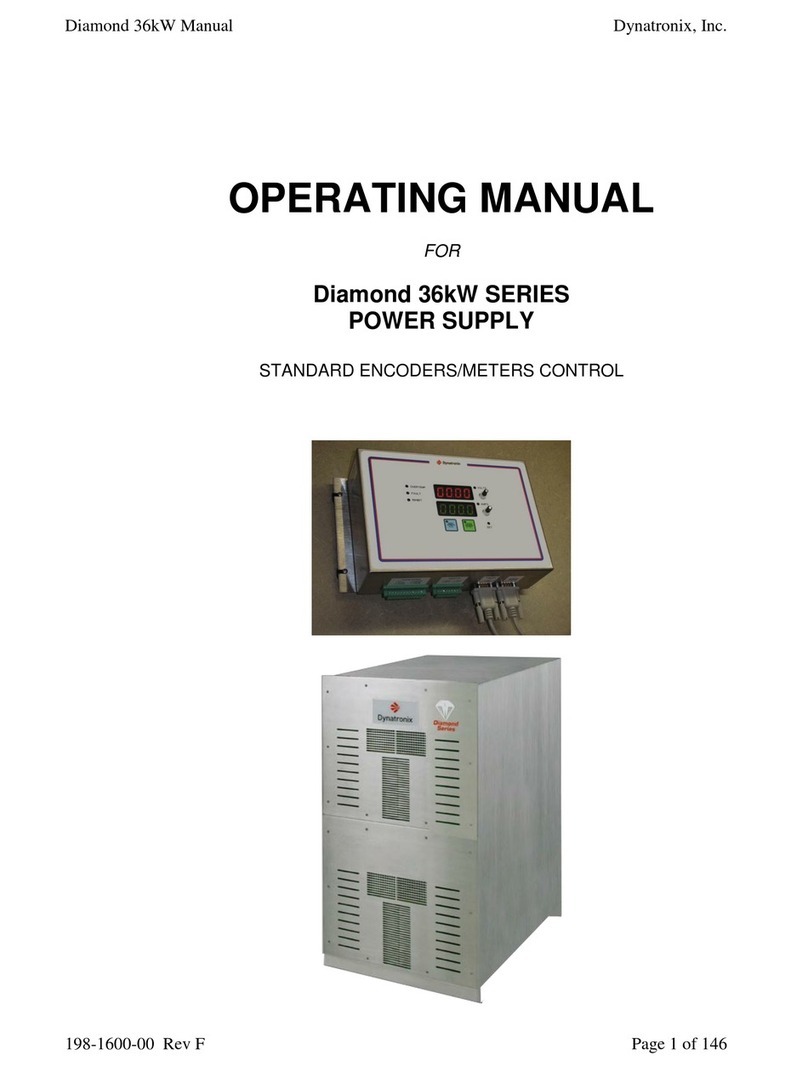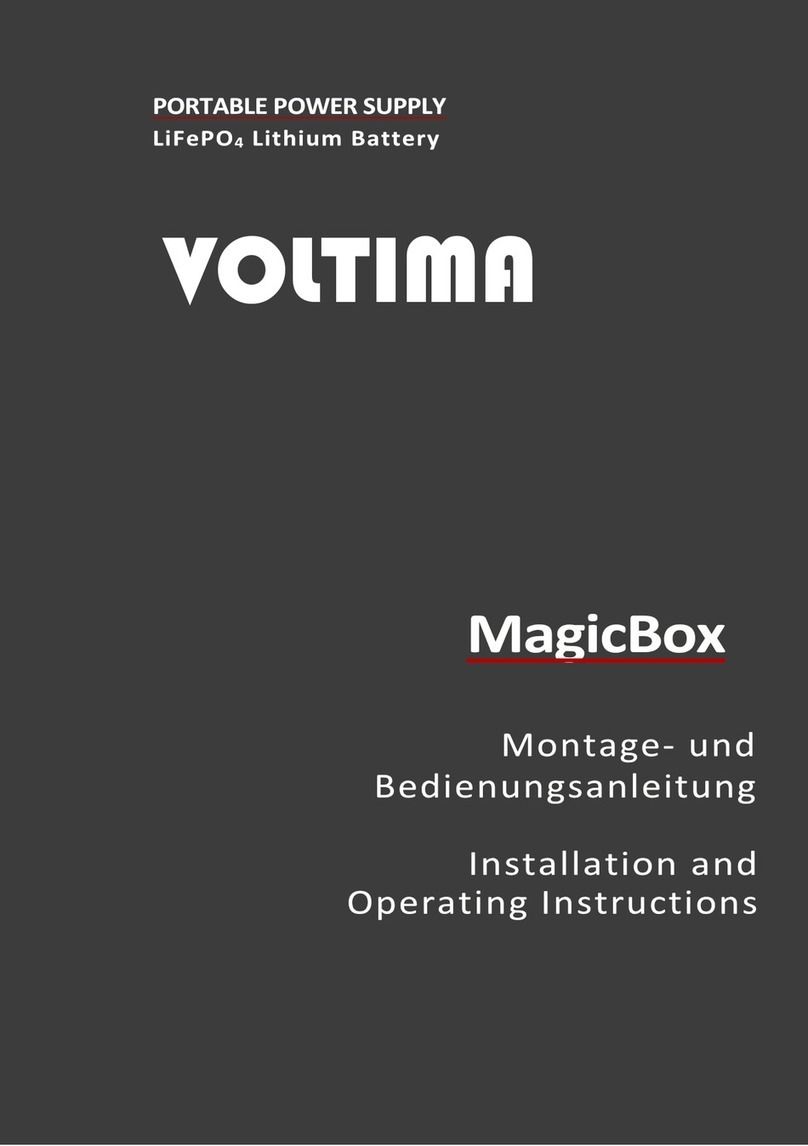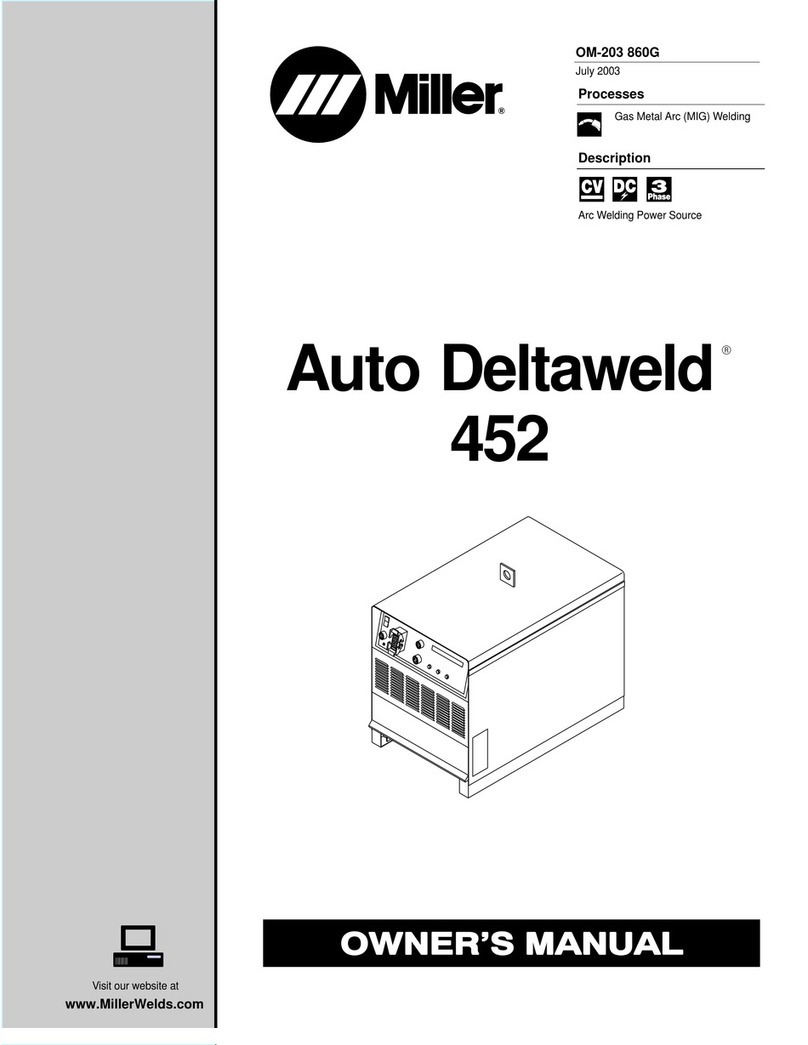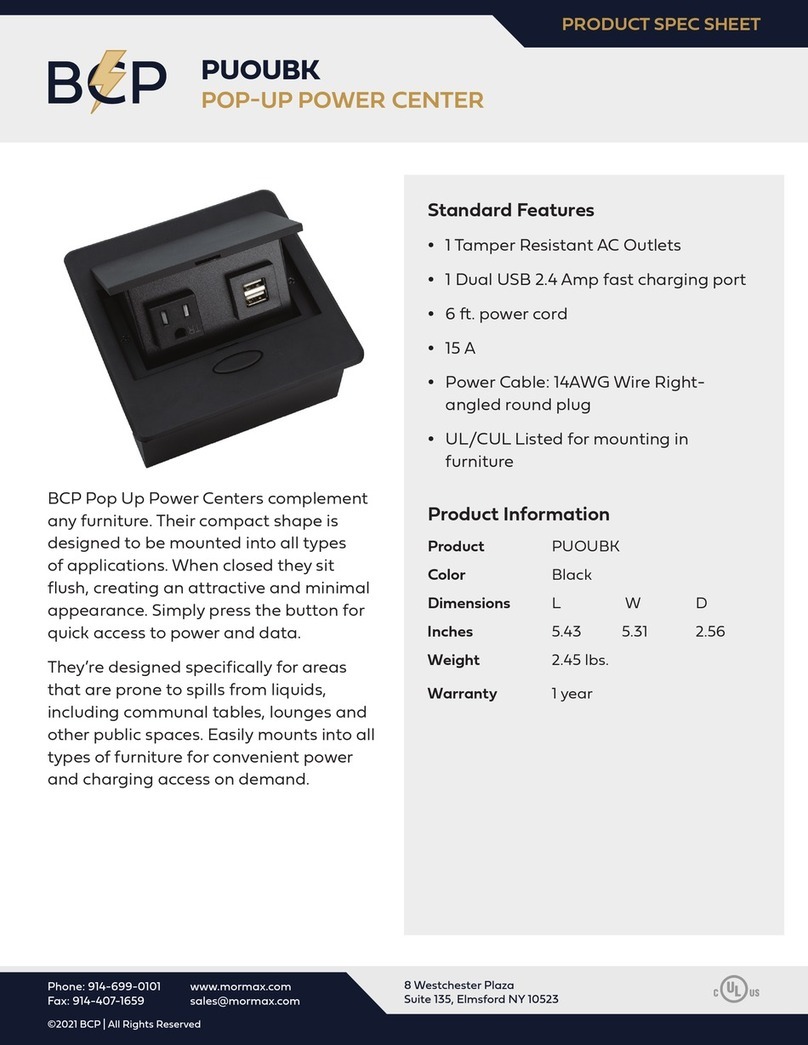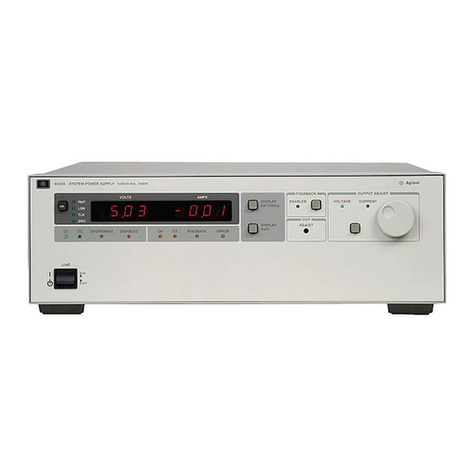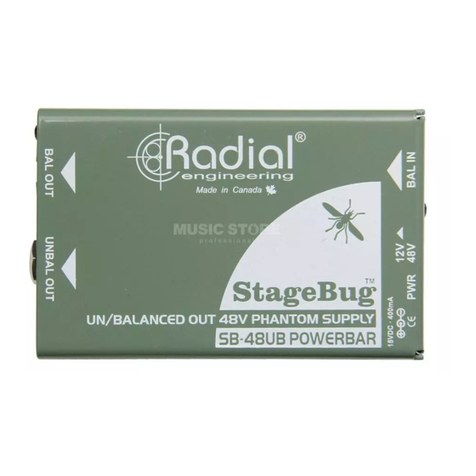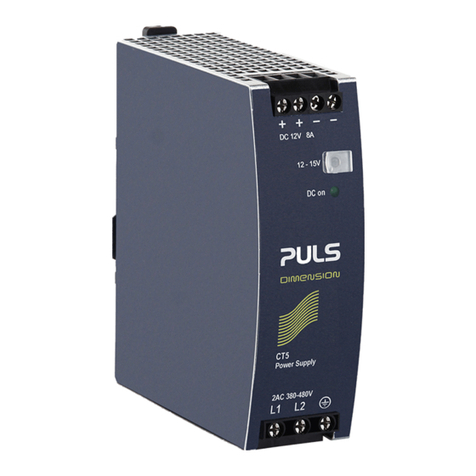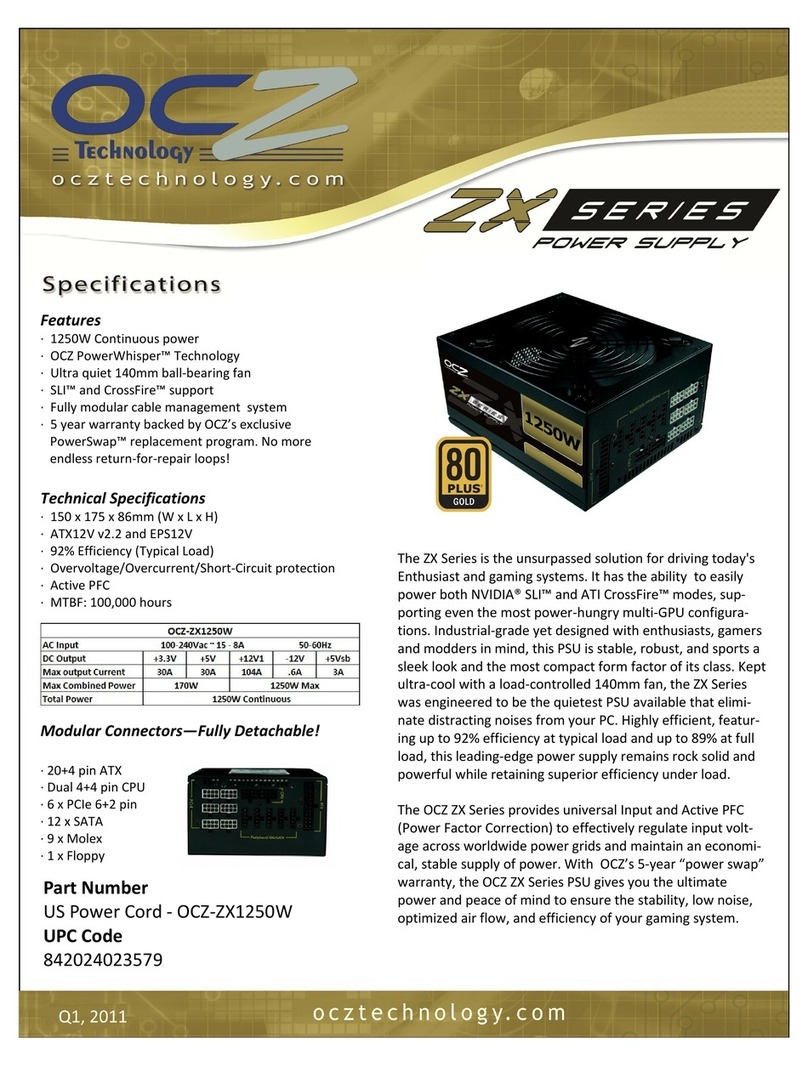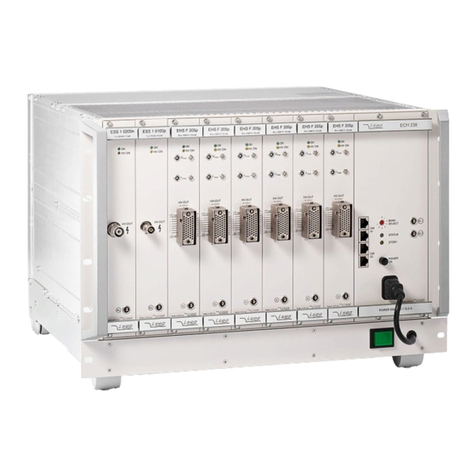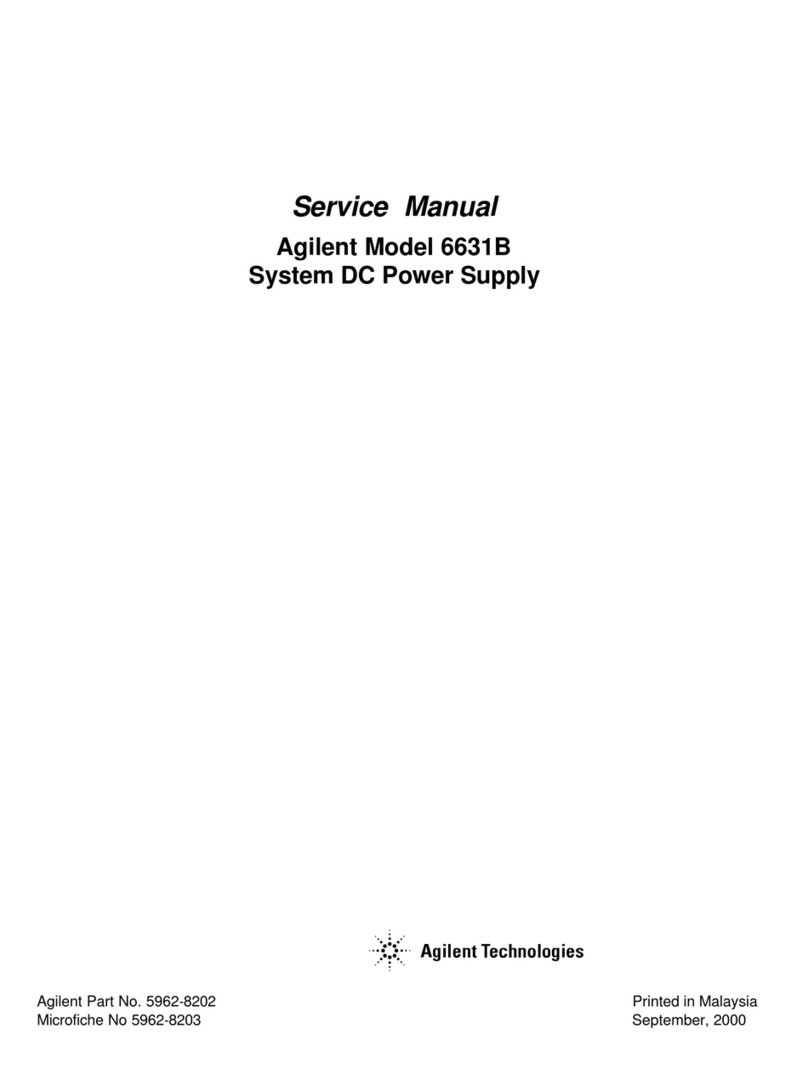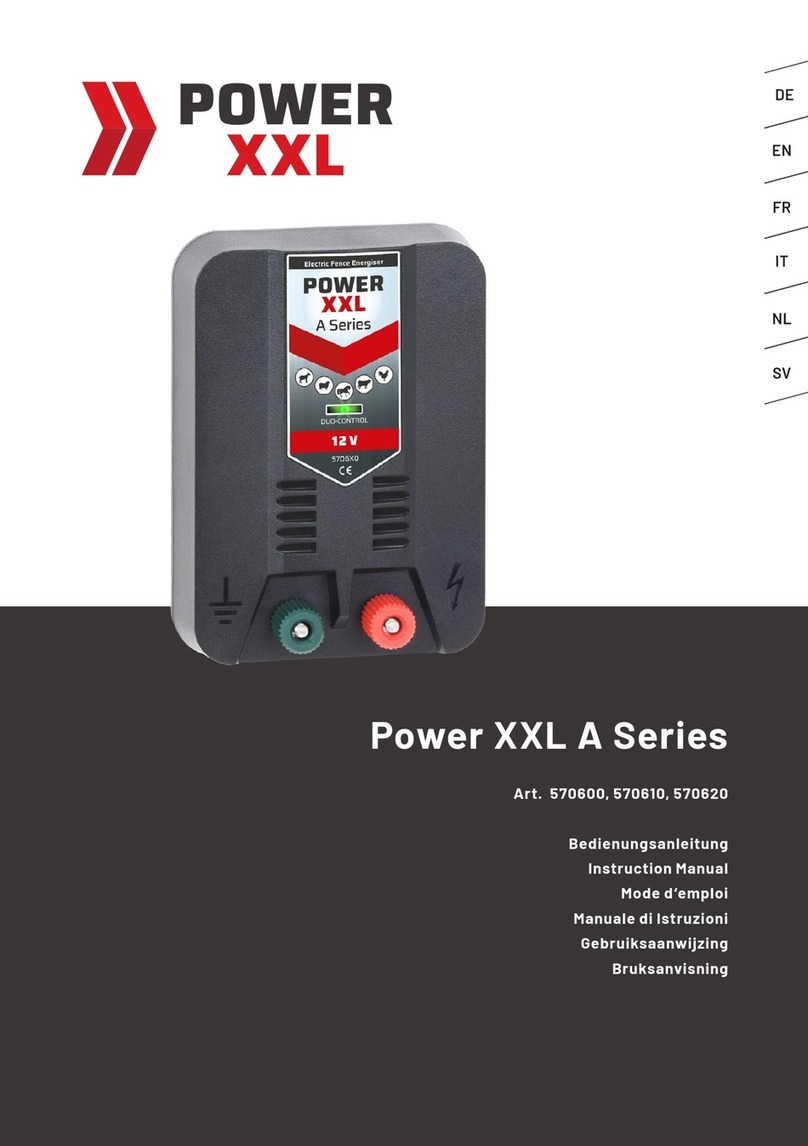
Page 6 of 126 198-0853-02 Rev F
1. Introduction
1.1. TWO YEAR NEW PRODUCT WARRANTY
DYNATRONIX, INC., hereby warrants to the purchaser that all new products sold are guaranteed against defects in
materials or manufacture for two years after shipment. DYNATRONIX, INC., expressly reserves the right to offer an
extended warranty at its sole discretion. Such express warranty shall not be deemed effective unless expressly
authorized by DYNATRONIX, INC., personnel. DYNATRONIX, INC., at its sole discretion, will repair or replace any
defective products that are returned in accordance within the time period proscribed by this warranty.
All products for repair or examination must be returned to DYNATRONIX, INC., prepaid. The defective product, as
repaired or replaced, requires the issuance of a Return Material Authorization Number (“RMA”) from DYNATRONIX,
INC., personnel prior to acceptance for repair or replacement by DYNATRONIX, INC. An RMA will be issued upon
determination by DYNATRONIX, INC., personnel that the defective product requires factory repair. The customer
assumes all shipment expenses of the returned product to and from DYNATRONIX, INC., within the warranty period.
DYNATRONIX, INC.’s liability, under this warranty, shall in any event not exceed the original purchase price of the
product. To make a claim under this warranty, it is the responsibility of the purchaser to immediately contact
DYNATRONIX, INC., and provide proof of the product’s model, part number, input and output voltage and serial
number. DYNATRONIX, Inc., will then determine whether the product remains under warranty.
This warranty DOES NOT COVER failures caused by any of the following:
1. Misuse, negligence or accident;
2. Alterations made by individuals or parties not directly employed by DYNATRONIX, INC.
This warranty DOES NOT EXTEND to commercial sub-assemblies that are guaranteed by a manufacturer’s warranty.
This warranty becomes effective upon the date the product is shipped. In the event that a product no longer covered
by the NEW PRODUCT WARRANTY is sent for repair, the provisions of the REPAIR WARRANTY as detailed below
govern.
DYNATRONIX, INC., EXPRESSLY DISCLAIMS ALL OTHER WARRANTIES, INCLUDING, WITHOUT LIMITATION,
ALL EXPRESS WARRANTIES, THE IMPLIED WARRANTY OF FITNESS FOR A PARTICULAR PURPOSE AND
THE IMPLIED WARRANTY OF MERCHANTABILITY. THERE ARE NO WARRANTIES WHICH EXTEND BEYOND
THE DESCRIPTION ON THE FACE HEREOF.
REPAIR WARRANTY
DYNATRONIX, INC., hereby warrants to the purchaser that products previously purchased as new from
DYNATRONIX, INC., and returned to DYNATRONIX, INC., for repair or replacement be hereby governed by the
provisions of the REPAIR WARRANTY. DYNATRONIX, INC., expressly reserves the right to extend the REPAIR
WARRANTY to products not purchased from DYNATRONIX, INC., at its sole discretion. The REPAIR WARRANTY
shall exclude all products not purchased from DYNATRONIX, INC., unless expressly authorized by DYNATRONIX,
INC., personnel.
DYNATRONIX, INC., guarantees that all repairs be free from defects for ninety (90) days after return shipment to
purchaser. Product failures not related to repairs done by DYNATRONIX, INC., shall not be covered by the REPAIR
WARRANTY. DYNATRONIX, INC., further warrants that repair investigations that fail to identify product defects shall
be guaranteed for a ninety (90) day period after return shipment to customer. In the event that the product fails within
the stated ninety (90) day period after the inspection, DYNATRONIX, INC., agrees to assume the in-out freight costs
for subsequent returns of the product, experiencing the complained of problem, for an additional ninety (90) day
period. Effective Date: January 1, 2006
